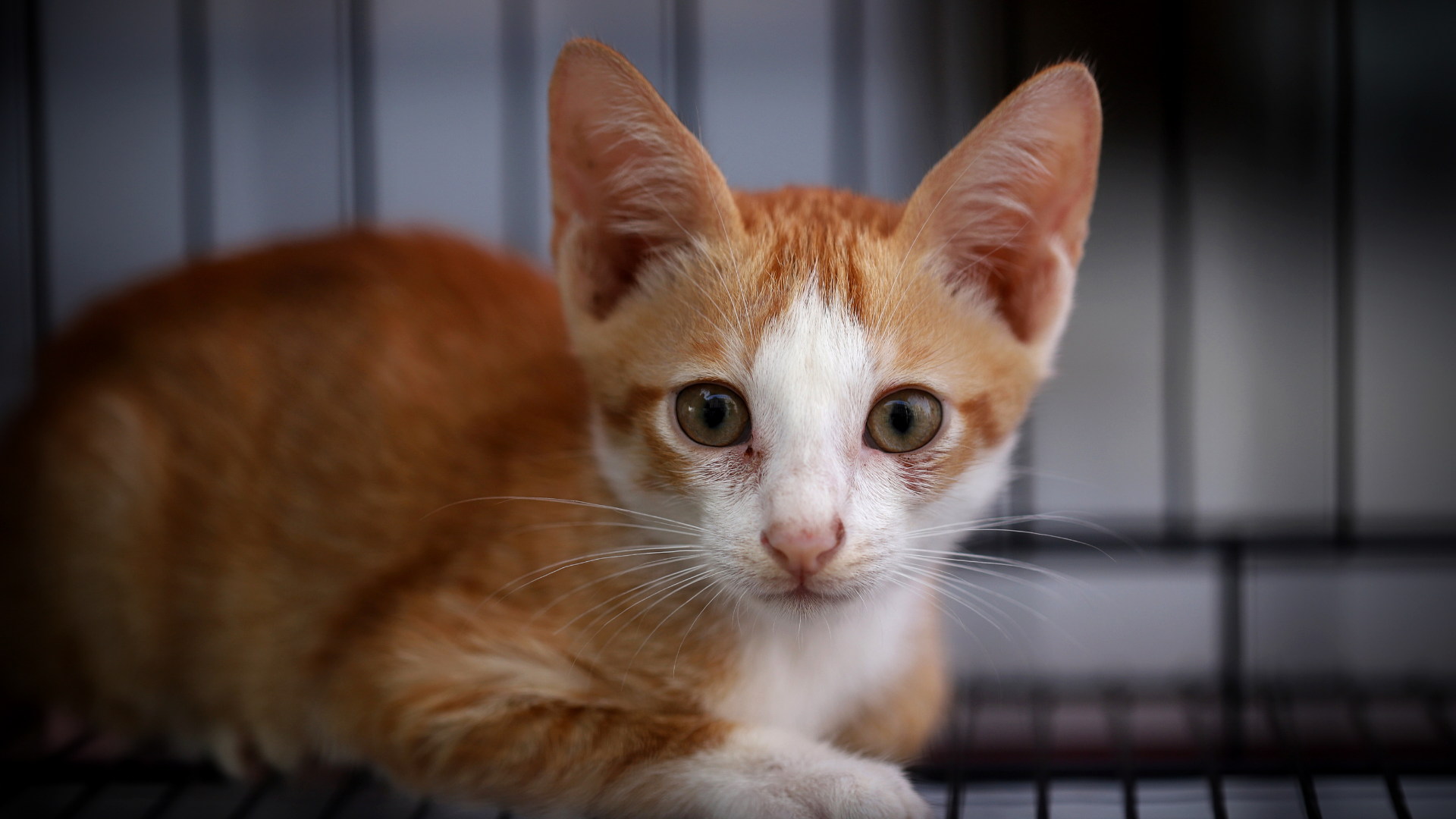
COVID-19 affects more than just humans—it also affects animals being purposely infected with the virus by labs. The University of Wisconsin-Madison (UW-Madison) experimented with COVID on cats in 2020.
The year 2020 will be remembered as one of the most confusing, stressful, and strange years in world history. Nearly every human on the planet was affected in some way by COVID-19, whether it was by getting sick, losing a loved one, not traveling, quarantining, and the list goes on.
Animal experimentation fluctuated during the pandemic—from labs killing off entire animal colonies in the early months of COVID due to stay-at-home orders to ramping up COVID-specific research on various species later in the pandemic.
UW-Madison is one of many labs experimenting with SARS-CoV-2, the virus that causes COVID-19.
According to the most recent information available, in 2020 UW-Madison forced cats into a cruel, painful COVID experiment (that still might be taking place). They infected 17 cats with the deadly virus, then watched as the cats suffered, hoping to glean something useful to apply to human bodies. The point of the study was not to test new vaccines or treatments; it was just to see what COVID-19 would do. They didn’t give the cats any pain medications or tranquilizers, so the cats had to suffer—without any chance of relief.
UW-Madison wrote, “The studies were initially to determine if cats could be infected, and then to determine levels of viremia, pathogenicity, infectivity, and clinical signs.” Because their goal was just to see how cats reacted to the deadly virus, they argued that administering pain management or sedatives “would have changed the parameters being studied.”
The university researchers also did the same thing to 919 hamsters.
They infected the hamsters with SARS-CoV-2, didn’t give them any treatment or relief for pain or distress, then just observed as the disease took its toll.
This record was buried in over 900 Annual Reports from labs around the country for 2020.
We found it by combing through every document after the U.S. Department of Agriculture (USDA)’s Animal and Plant Health Inspection Service (APHIS) quietly posted them to their online database last month.
It’s bad enough that UW-Madison tortured 17 cats and 919 hamsters with COVID, but they also failed to properly report the number of animals used. Under the Animal Welfare Act (AWA) Regulations, labs performing painful experiments on animals while withholding all pain management must report the number of animals used in Column E of the Annual Report to APHIS. Under APHIS’ own reporting requirements, the attached Column E explanations must also include the number of animals used in each experiment. This double-layer reporting allows APHIS to double check that data collected from labs is accurate.
UW-Madison reported the number of cats and hamsters infected with SARS-Cov-2 on its Annual Report, but not on the accompanying Column E explanation. That’s why we asked APHIS to investigate the circumstances surrounding UW-Madison’s failure to properly report the number of animals they tortured with COVID in 2020.
One of the reasons animal experimentation is still happening is because there’s a lack of transparency into what labs do. They want it to be shrouded in secrecy, they want their animal cruelty to be hidden from the public eye. The more people who know what’s happening, the harder it is to keep animal torture in labs a secret.
UW-Madison wants the experiences of these cats and hamsters buried, but we dug it up. We won’t allow them to hide from you.